More and more people are in the gym for abs and they believe running can build abs. People start to run outside or run on a treadmill to exercise the abdominal muscles.
One prevalent misconception in the world of fitness revolves around the idea that running alone is sufficient to develop well-defined abdominal muscles. Many people believe that engaging in regular running will inevitably lead to the chiseled midsection they desire.
Running is a good cardiovascular exercise with numerous health benefits. But running will directly sculpt your abs is a misconception. This article aims to dispel this myth by examining the true relationship between running and abdominal muscle development.
Let’s start to explore the relationship between running and abdominal muscles.

The Anatomy of Abs
Explanation of Abdominal Muscles
Understanding the anatomy of abdominal muscles is essential to people. The abdominal muscles consist of several muscle groups:
Rectus Abdominis: This is the muscle responsible for the classic six-pack appearance. It runs vertically from the sternum down to the pelvis, and its main function is to flex the spine, such as during crunches.
External Obliques: Situated on the sides of the abdomen, these muscles enable trunk rotation and lateral flexion. They play a significant role in maintaining stability during various movements.
Internal Obliques: Located beneath the external obliques, these muscles assist in rotational movements and provide core stability.
Transverse Abdominis: Often referred to as the "corset" muscle, the transverse abdominis wraps around the abdomen horizontally. Its primary function is to stabilize the spine and pelvis, helping to maintain good posture and support the internal organs.
Role of Genetics in Ab
Genetics plays a crucial role in determining whether your abdominal muscles will be visible. Your genes determine how fat is distributed in your body. They also determine the thickness of your abdominal muscles' connective tissue. Additionally, your genes influence your overall body shape. Some people are born with more visible abs, while others have to put in more effort to get the same results.
How Body Fat Affects Ab?
The visibility of your abdominal muscles is heavily influenced by your body fat percentage. Even if you have well-developed ab muscles, they may remain hidden beneath a layer of body fat. As body fat accumulates in the abdominal area, it obscures the definition of the underlying muscles. Achieving visible abs typically requires reducing your overall body fat through a combination of diet, exercise, and lifestyle changes.
Diet and Its Impact on Abdominal Muscles
Diet plays a pivotal role in sculpting and revealing your abdominal muscles. Regardless of your genes or how strong your core is, a poor diet always can hinder your progress. A diet rich in whole foods, lean proteins, fiber, and healthy fats can aid in reducing body fat while preserving and nourishing your muscles. Moreover, staying properly hydrated supports muscle health and can enhance the appearance of your abs.

Does Running Give You Abs?
Running is always a popular exercise choice for individuals aiming to improve their overall fitness and, potentially, develop visible abdominal muscles. In this section, we'll delve into the various aspects of running and how it relates to abdominal muscle development.
Caloric Burn During Running
Running is a high-energy expenditure activity that can help burn a significant number of calories. The calories burned during a run depend on factors like your running speed, duration, and body weight. As running can contribute to a calorie deficit, it plays a role in reducing overall body fat, including the fat covering your abdominal muscles.
Cardiovascular Benefits of Running
Beyond its potential impact on aesthetics, running offers numerous cardiovascular benefits. Regular running can improve heart health, increase lung capacity, and enhance circulation. These benefits not only support overall well-being but also contribute indirectly to a healthier body composition, which can aid in revealing your abs.
How Does Running Impact Overall Body Fat Percentage?
Running can be an effective tool for reducing overall body fat percentage. While spot reduction (targeting fat loss in a specific area, like the abdomen) is better, consistent running can help lower your body fat levels overall. As body fat decreases, the layer covering your abdominal muscles thins out, making it more likely that your abs will become visible.
Core Engagement While Running
Running engages the core muscles to a certain extent, especially during activities like sprinting or uphill running. While it's not a replacement for targeted core workouts, running can help maintain core strength and stability, which is essential for proper posture and injury prevention.
Does Running Alone Give You Visible Abs?
This is a common question that whether running alone is sufficient to give you visible abs. While running can be a valuable component of a fitness routine, it's typically not enough on its own to achieve visible abs. Developing a defined midsection requires a combination of factors, including:
Reducing overall body fat through a balanced diet and calorie control.
Engaging in targeted core workouts to strengthen and define the abdominal muscles.
Genetics plays a role in how and where your body stores fat.
The Importance of Core Strength
Core strength is fundamental to overall fitness and plays a significant role in various aspects of physical activity, including running. In this section, we will explore the crucial role of a strong core in maintaining and enhancing fitness.
The Role of the Core in Running
Stability and Balance: A strong core stabilizes the spine and pelvis, reducing excessive movement during running. This stability enhances balance, which is essential for maintaining proper form and reducing the risk of injuries, especially during uneven terrain or high-impact activities.
Power Transfer: The core acts as a bridge between the upper and lower body. A well-conditioned core helps efficiently transfer force from the legs to the upper body, improving running performance.
Improved Posture: Running with proper posture reduces the risk of overuse injuries and helps you breathe more effectively, enhancing your overall running experience.
Benefits of a Strong Core for Overall Fitness
Injury Prevention: A strong core can prevent injuries not only in running but also in various other physical activities. It stabilizes the spine and reduces the risk of back pain and strain during workouts and daily life.
Functional Strength: A strong core is essential for everyday activities like bending, lifting, and twisting. It improves your ability to perform these movements safely and efficiently.
Enhanced Athletic Performance: Beyond running, a strong core contributes to improved performance in sports and activities that require power, agility, and coordination.
Improved Balance and Stability: A stable core enhances balance and stability, reducing the risk of falls and injuries, especially as you age.
Specific Exercises to Target the Core Muscles
To strengthen the core effectively, consider incorporating the following exercises into your fitness routine:
Planks: The plank is a simple yet effective exercise that engages the entire core. Hold a push-up position with your arms straight and your body in a straight line, engaging your core muscles. Aim to hold the position for as long as possible.

Russian Twists: Sit on the floor with your knees bent and your feet off the ground. Hold a weight or medicine ball and twist your torso to each side, engaging your obliques.
Leg Raises: Lie flat on your back and raise your legs off the ground, keeping them straight. Lower them back down without letting them touch the floor. This exercise targets the lower abdominal muscles.
Bicycle Crunches: Lie on your back with your hands behind your head. Bring your right elbow towards your left knee while simultaneously extending your right leg. Alternate sides in a pedaling motion.
Hanging Leg Raises: If you have access to a pull-up bar, hanging leg raises are an excellent exercise for the lower abdominal muscles. Hang from the bar and raise your legs, keeping them straight.
Incorporating these core-strengthening exercises into your fitness routine will not only enhance your running performance but also contribute to overall strength, stability, and injury prevention.
Running with Core Workouts
Incorporating core workouts into your running routine can help you achieve better results and reduce the risk of injuries.
To maximize the benefits of running and core workouts, it's essential to create a balanced fitness routine:
Combine Cardio and Strength Training: In addition to running and core exercises, include strength training exercises for other muscle groups. This balanced approach promotes overall fitness and helps prevent muscular imbalances.
Prioritize Rest and Recovery: Adequate rest and recovery are crucial for muscle repair and growth. Don't overtrain, and allow your body time to recover between intense workouts.
Nutrition Matters: Maintain a balanced diet that supports your fitness goals. Proper nutrition is essential for both energy during your workouts and muscle recovery afterward.
Stay Consistent: Consistency is key to seeing results. Stick to your fitness routine, and don't be discouraged by temporary plateaus. Progress takes time.
By getting an ideal treadmill, combining running with targeted core workouts, and adhering to a well-rounded fitness routine, you can enhance your running performance, strengthen your core, and achieve a balanced approach to fitness that supports your overall health and well-being.

Conclusion
In the pursuit of abdominal muscles, the relationship between running and the development of abs has been a topic of misunderstanding.
Running undoubtedly offers a myriad of benefits, including increased cardiovascular health, caloric expenditure, and the potential for overall body fat reduction. Running is a way to acquire visible abs on its own. Achieving visible abs requires a holistic approach such as a balanced diet, targeted core exercises, and genetics.
Moreover, core strength is integral to both running and overall fitness, which plays a pivotal role in achieving a strong, stable, and balanced physique. Incorporating core workouts into your running routine not only enhances your running performance but also contributes to your overall physical well-being.
In conclusion, running is a valuable component of a fitness regimen, and it can undoubtedly contribute to abs. However, visible abs need a multifaceted approach that encompasses proper nutrition, targeted core exercises, and an understanding of your individual genetic predisposition. Embrace a balanced fitness routine, set realistic goals, and enjoy being a healthier and fitter you.








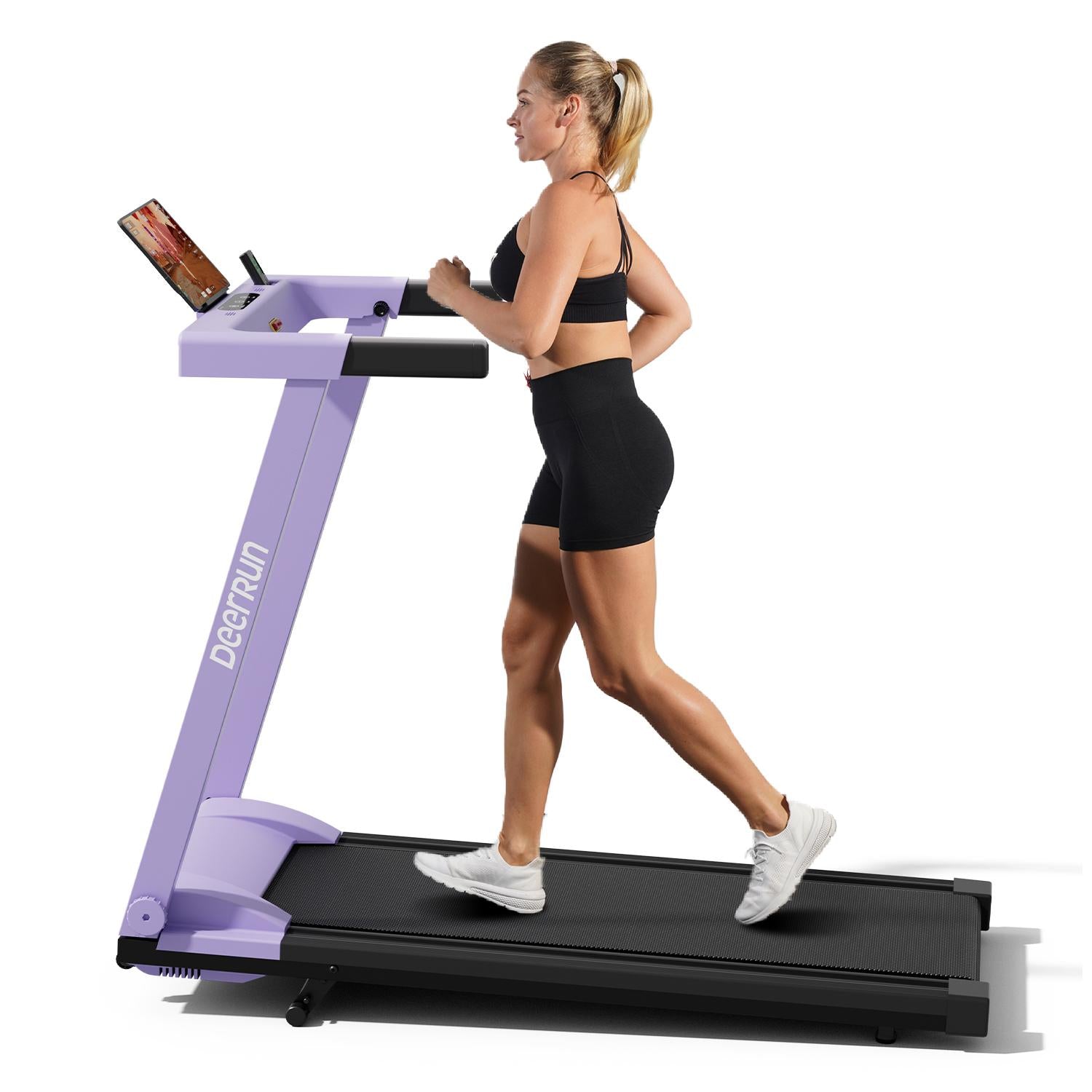
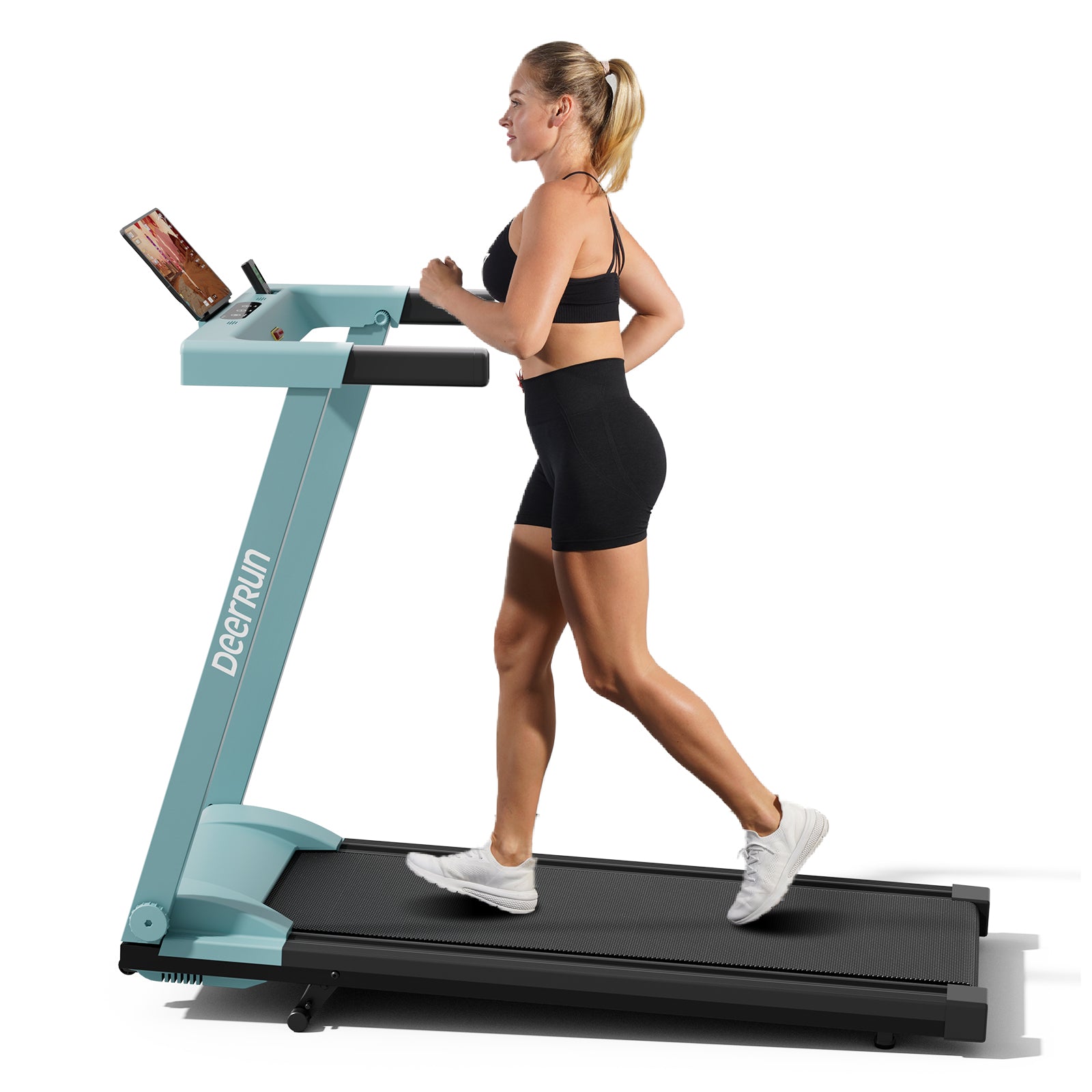





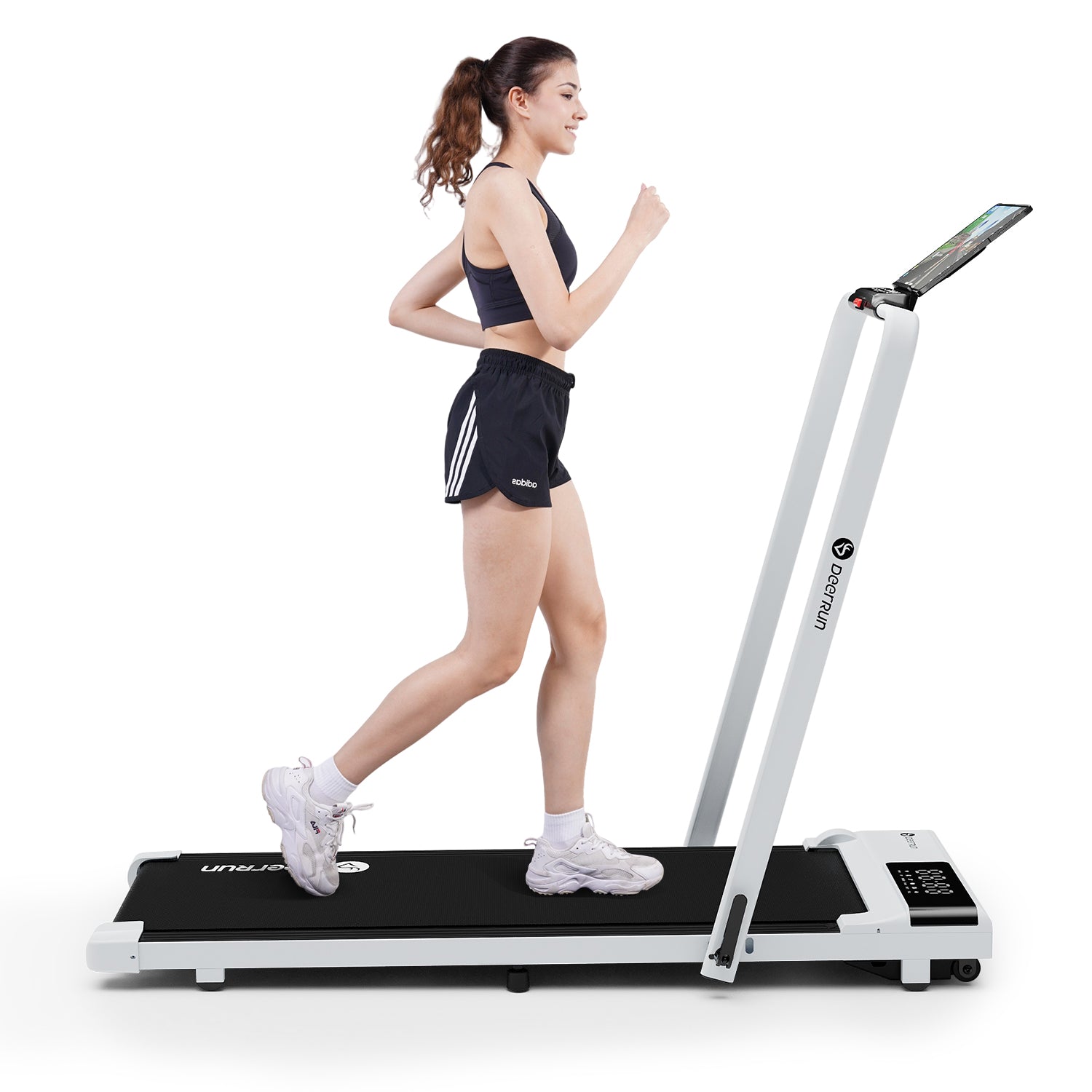
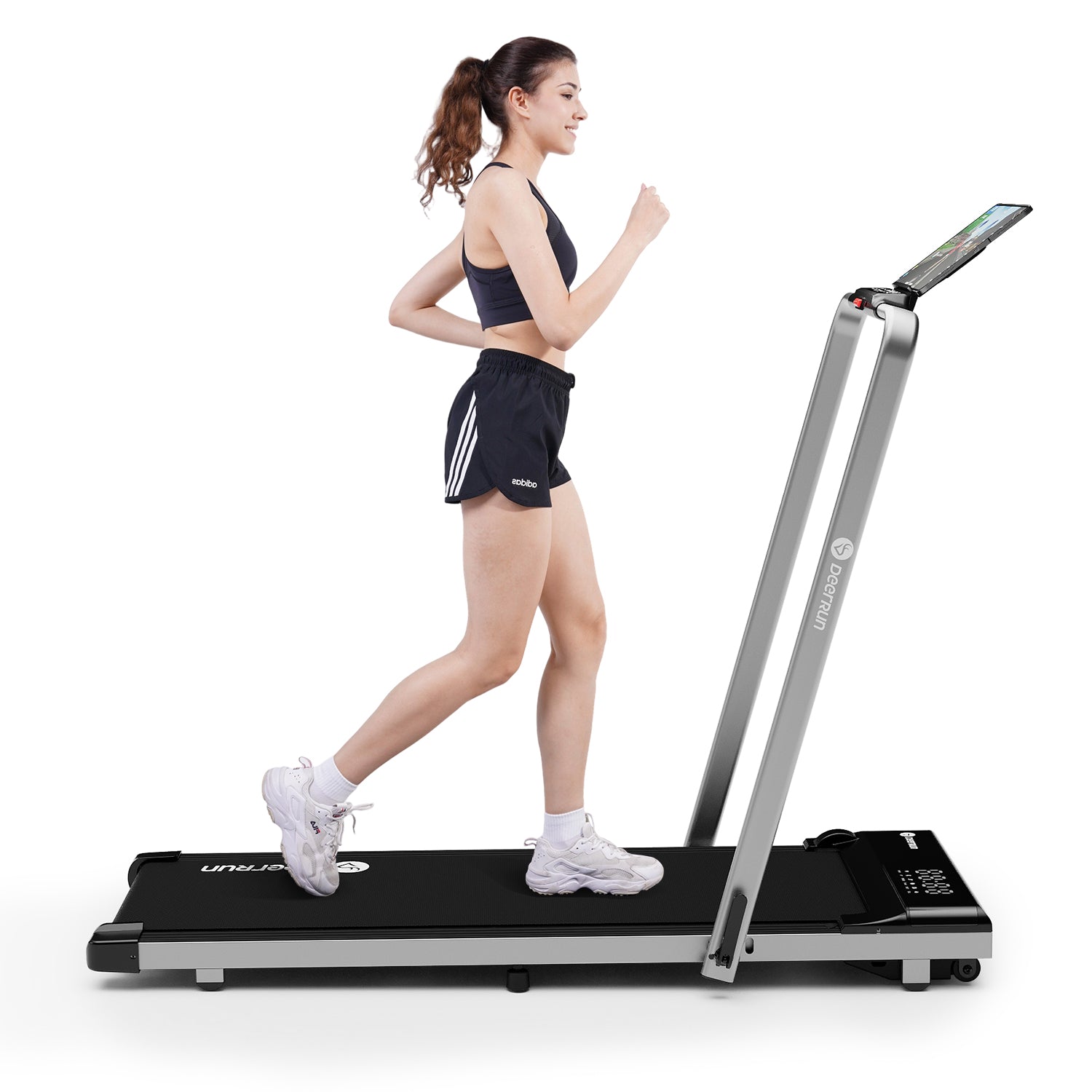
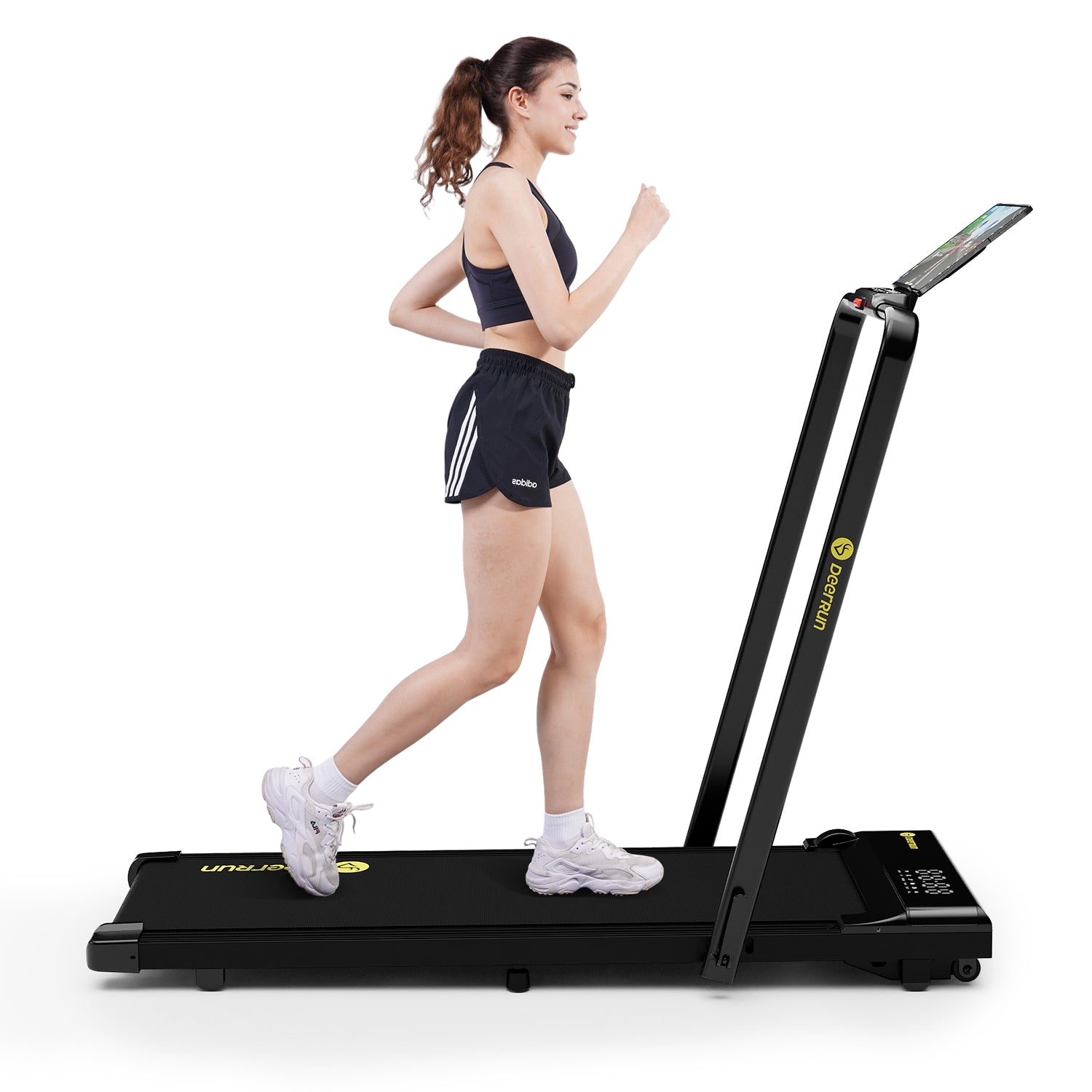








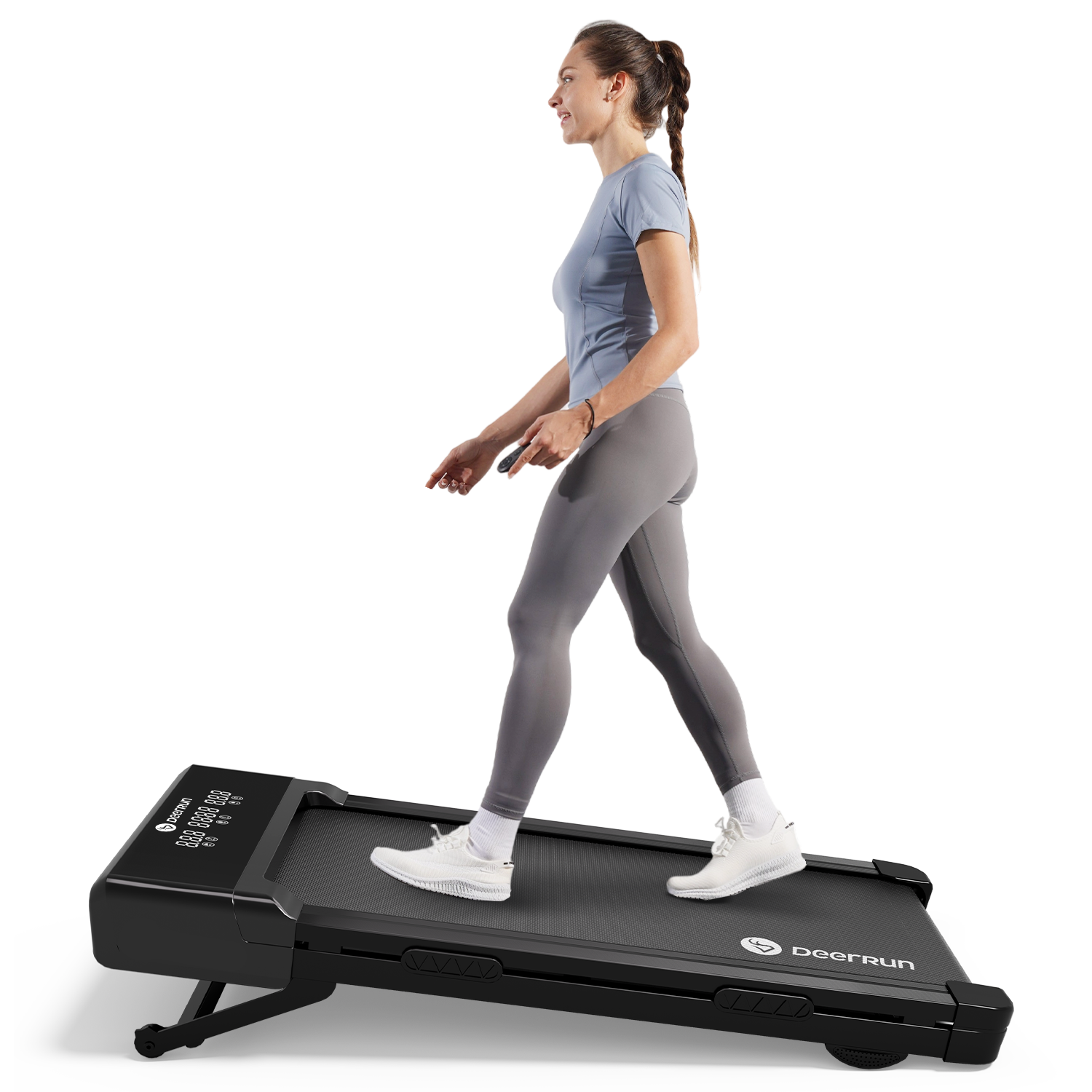
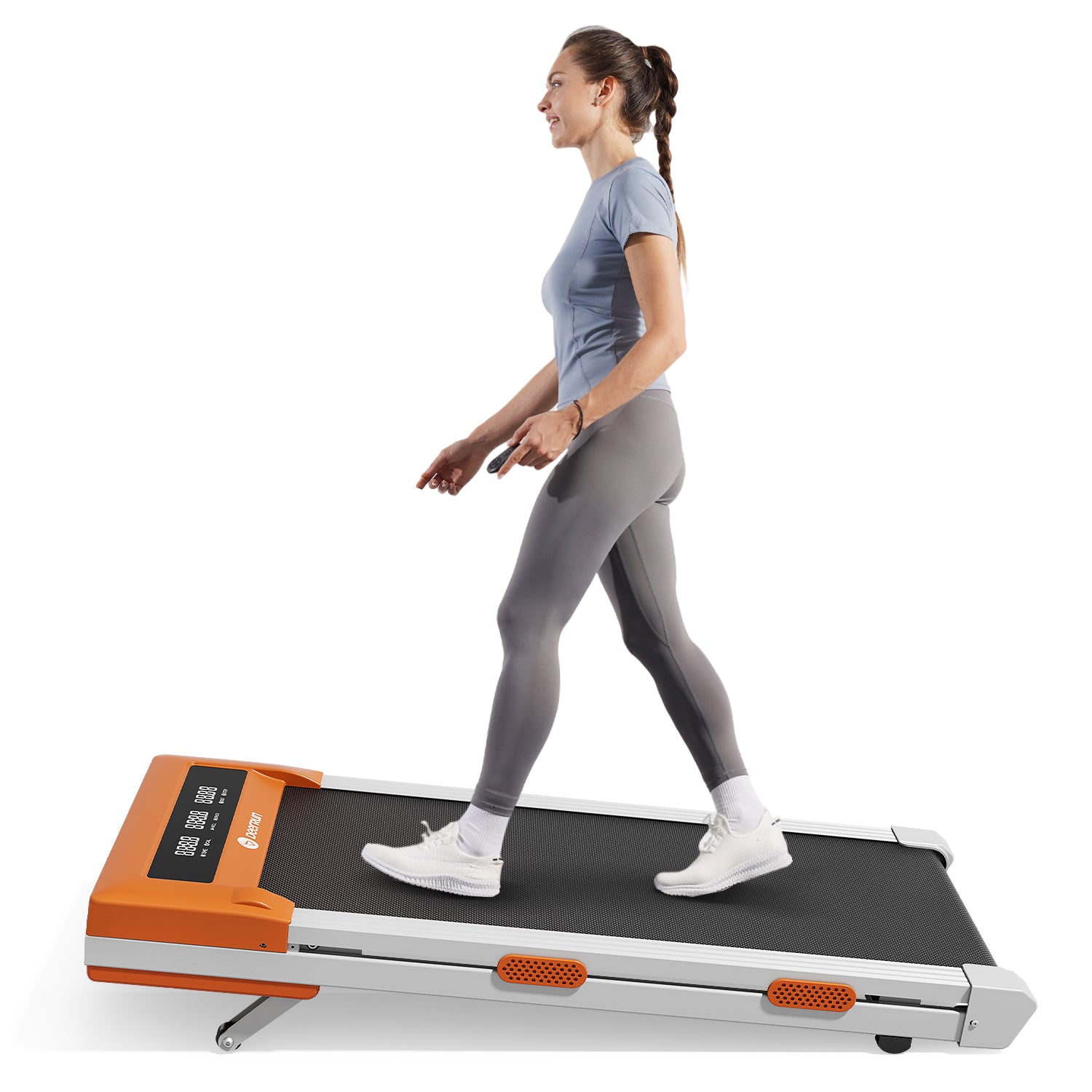

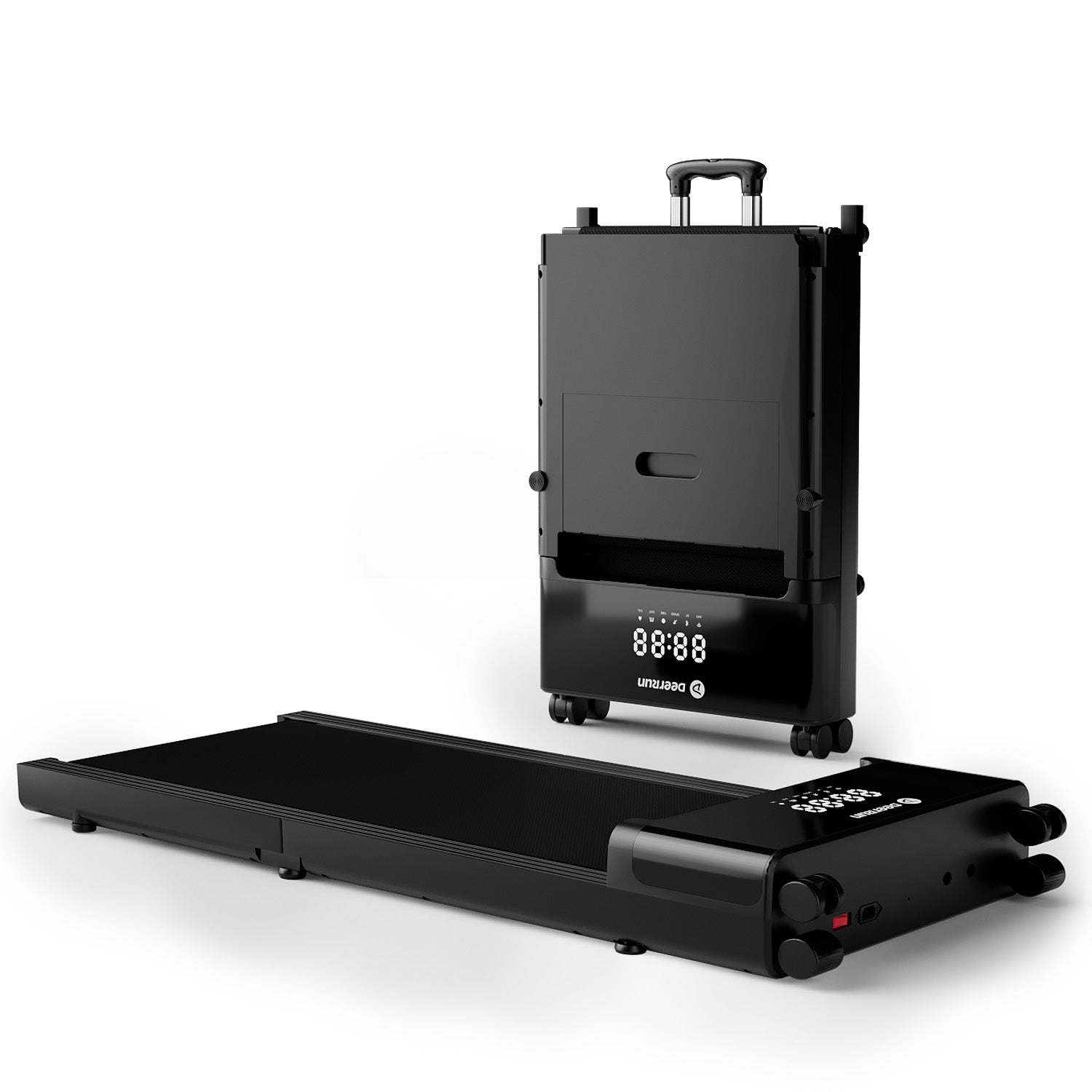

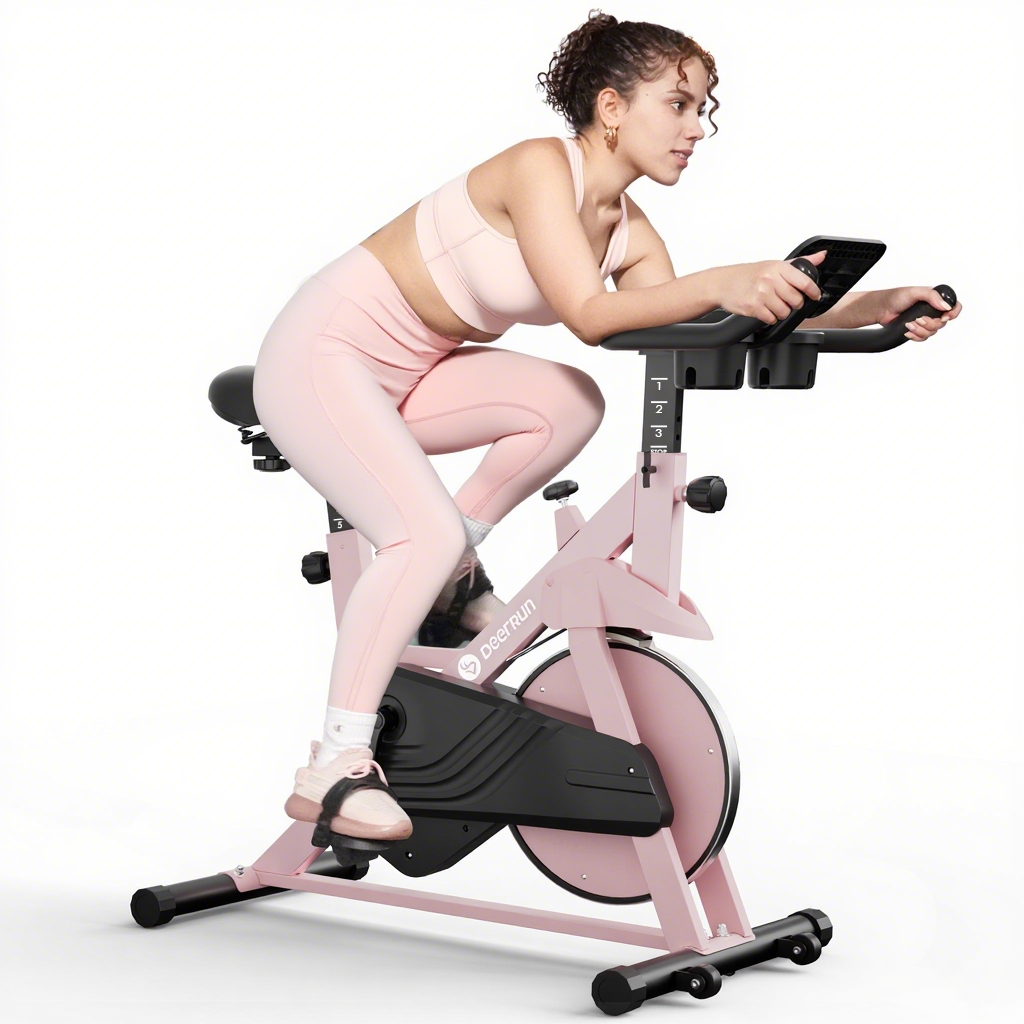
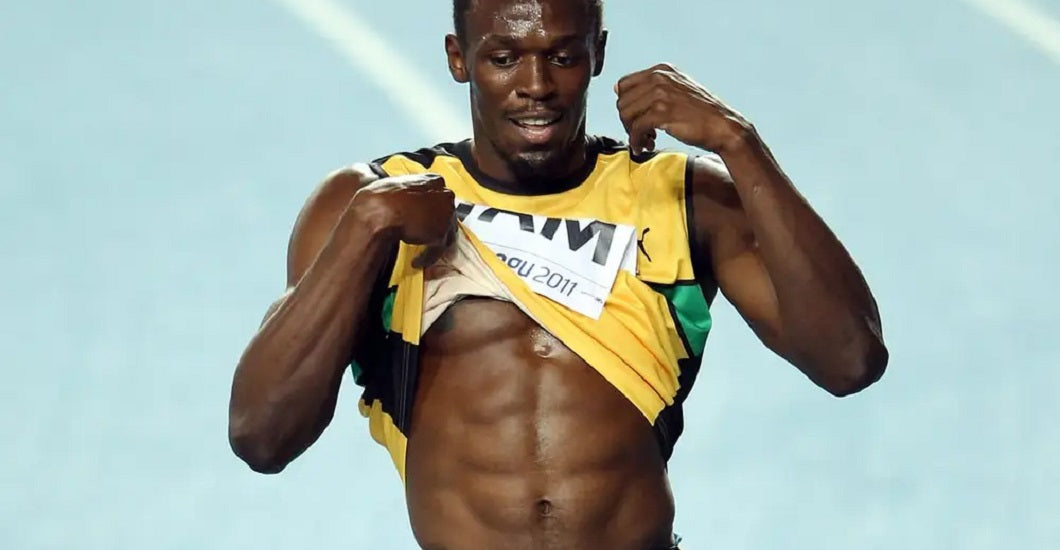


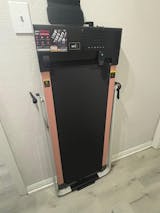
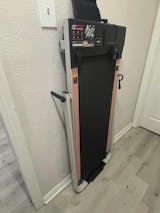
Leave a comment
All comments are moderated before being published.
This site is protected by hCaptcha and the hCaptcha Privacy Policy and Terms of Service apply.